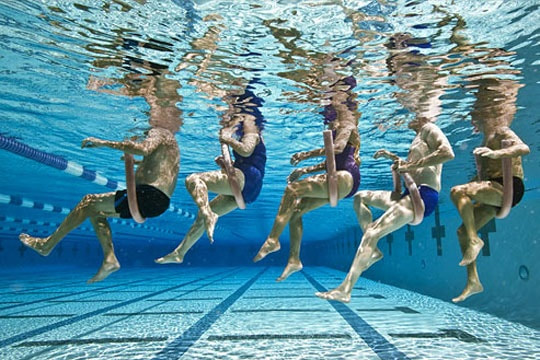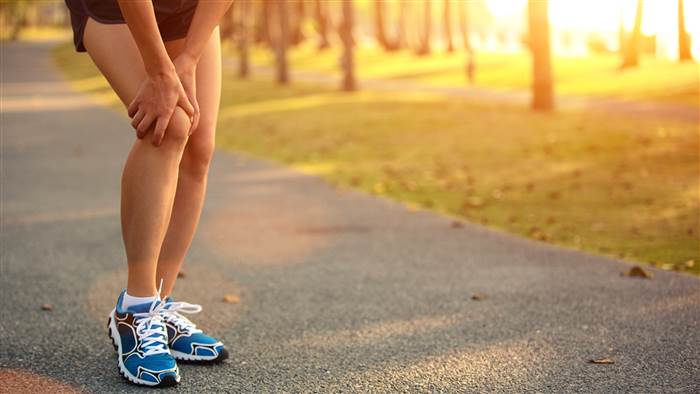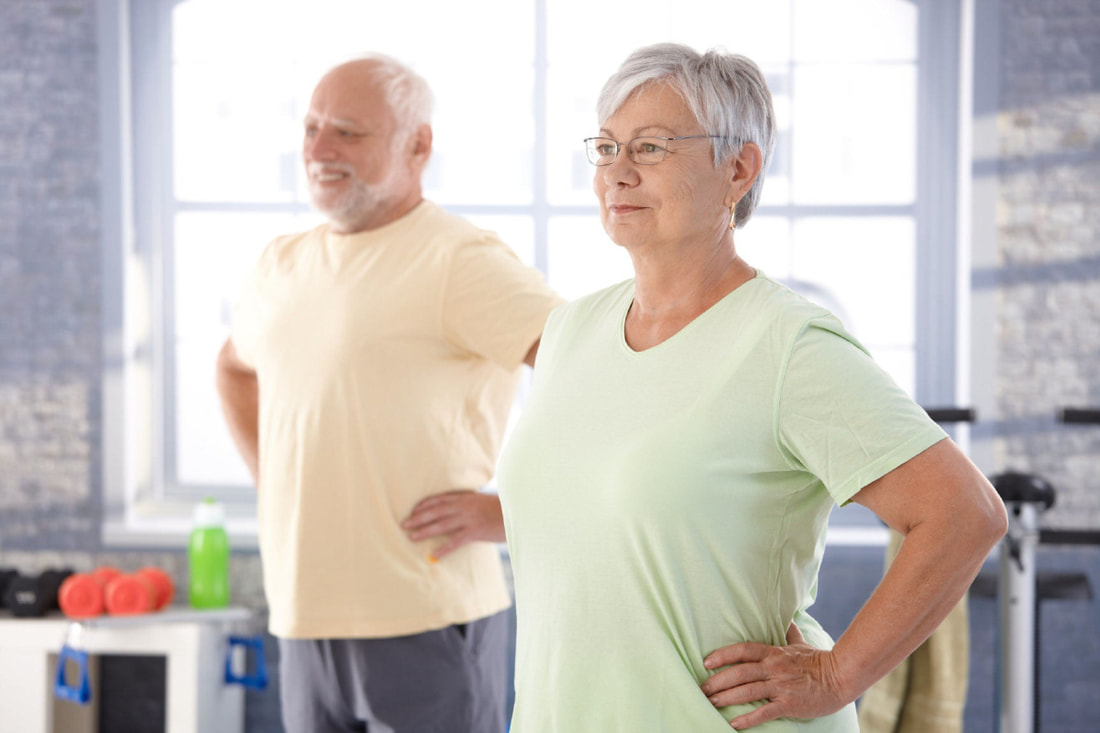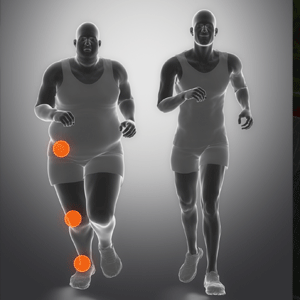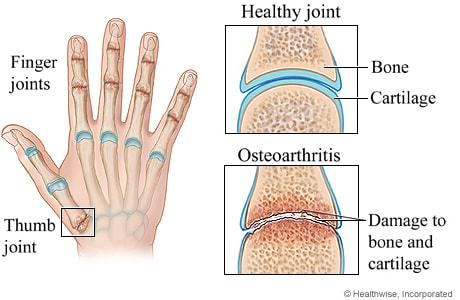|
Many people who suffer from joint pain from conditions such as arthritis, or are recovering from an injury, benefit the most from water-based exercises.
Water exercises allows you to get a full-body workout without putting stress on the joints. Both low and high impact exercises are much easier to perform in the water which supports the body’s weight, minimizing any pain that normally results. This means exercising in the water limits your risk of aggravating chronic injuries and encourages a faster recovery in combination with physiotherapy treatments. Don't be fooled by the lack of sweat produced during exercise in the water. Not only is it easier, but the added resistance actually allows you to get the most out of your exercise. A person who weighs 150lbs. can burn 272 calories in one hour. Benefits:
Adding water exercises in conjunction with regular physiotherapy treatments can increase the speed of recovery as well as decrease joint pain. Contact your local recreation centre for aquatic exercise classes that suit your needs.
16 Comments
Aging is one of the many facts of life that should definitely be embraced more. However, it's unfortunate that the older you get, the greater the risk of developing knee and joint pain. Researchers say that knee pain is most commonly found in people who are 65 and older. The three main reasons that age is connected to knee pain are osteoarthritis, weight gain and muscle loss.
Osteoarthritis is a common type of arthritis that is most often developed later on in life. The condition is caused by the break down of the cartilage that protects the bones in your knees, resulting in the increased vulnerability to knee pain. Experts have found that the majority of those over 65 who suffer from knee pain also live with osteoarthritis. With the gradual decrease in metabolism speed, controlling weight becomes even more difficult as you age. Carrying extra weight is just adding pressure to the knees and joints, which can eventually lead to chronic pain. Along with age, being overweight is a leading factor that raises your risk of developing osteoarthritis. It has been proven that your muscles may shrink in size by approximately 40 percent by the time you reach the age of 60. A lack of muscle means a lack of strength. Losing muscular support in the hips and legs substantially increases your chances of developing knee pain. The best way to deal with chronic knee pain in your golden years is to maintain a healthy weight and exercise as much as possible. Building strength in your hips and knees by walking, taking yoga classes, doing water and regular aerobics and performing many other exercises can decrease the stress on your knees and help to avoid living with constant pain. Limited range of motion can greatly decrease the effectiveness of any workout. An article in the Toronto Star suggests trying a choreographed dance, similar to Zumba, to gradually eliminate the restriction in movements.
Start with a gentle warmup that will loosen the joints and muscles that will be used. The length of the warmup should be 3 songs. Begin adding 4 dance moves that you will repeat over the length of the songs. There are endless options with things like semi-squats, various bending and arm movements. Continue adding new moves that challenge but do not cause discomfort. Try memorizing a set of moves and repeating them to work out both your memory and your body. Find a playlist that suits you for a fun exercise that will get easier with repetition. Being overweight can lead to serious internal health problems, including heart disease, stroke, diabetes or cancer. Obesity also has major negative effects to the musculoskeletal system. Joint and bone pain, especially in the knees, is often associated with obesity because of the severe pressure from the excess weight being exerted.
Osteoarthritis is very common in people suffering from obesity and occurs when the cartilage on the ends of your bones wears down and causes damage to the joints. The risk of joint damage during physical activity is also more dangerous for obese people, as they can produce forces on the joints of 6 to 10 times an individual’s body weight. This would mean that, for a 200lb person, walking would create a force of 600lbs and high intensity exercise could produce 1200-2000lbs of force placed on the knee joints. Over time, this will cause more wear and tear to the cartilage and increase the chances of arthritis and the possibility of having knee or hip replacements. Obesity is a growing problem with poor diet and low activity being an undeniable factor. It is important to live a healthy lifestyle and maintain a normal body weight to protect your bones and joints from long-term and avoidable pain. According to one study approximately 54% of people crack their knuckles. From time to time I am asked the question “does cracking knuckles really cause arthritis in the hands?” A 2011 study analyzed individuals knuckle cracking habits. The study found 20% of the participants crack their knuckles regularly. The results of the study showed that 18% of the individuals that cracked their knuckles on a regular basis presented with hand OA compared with those who did not at 21%.
The study concluded that a history of habitual knuckle cracking may not be a risk factor for developing hand osteoarthritis. |

 RSS Feed
RSS Feed
